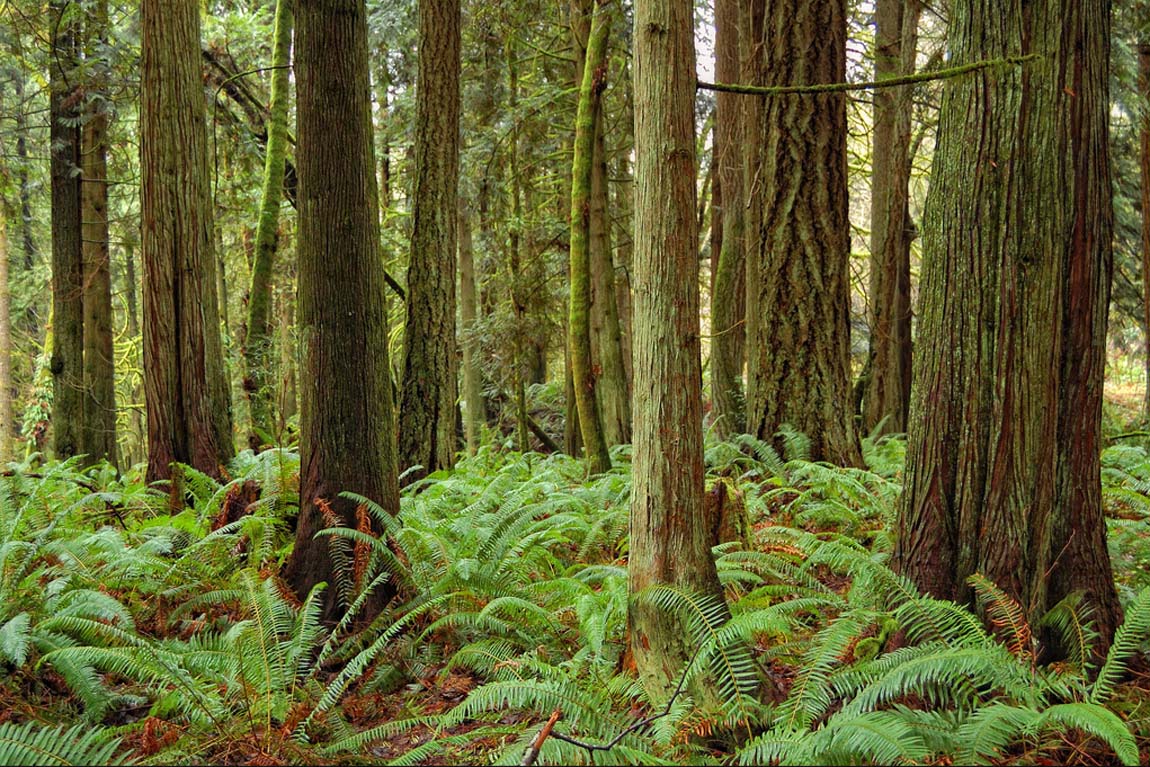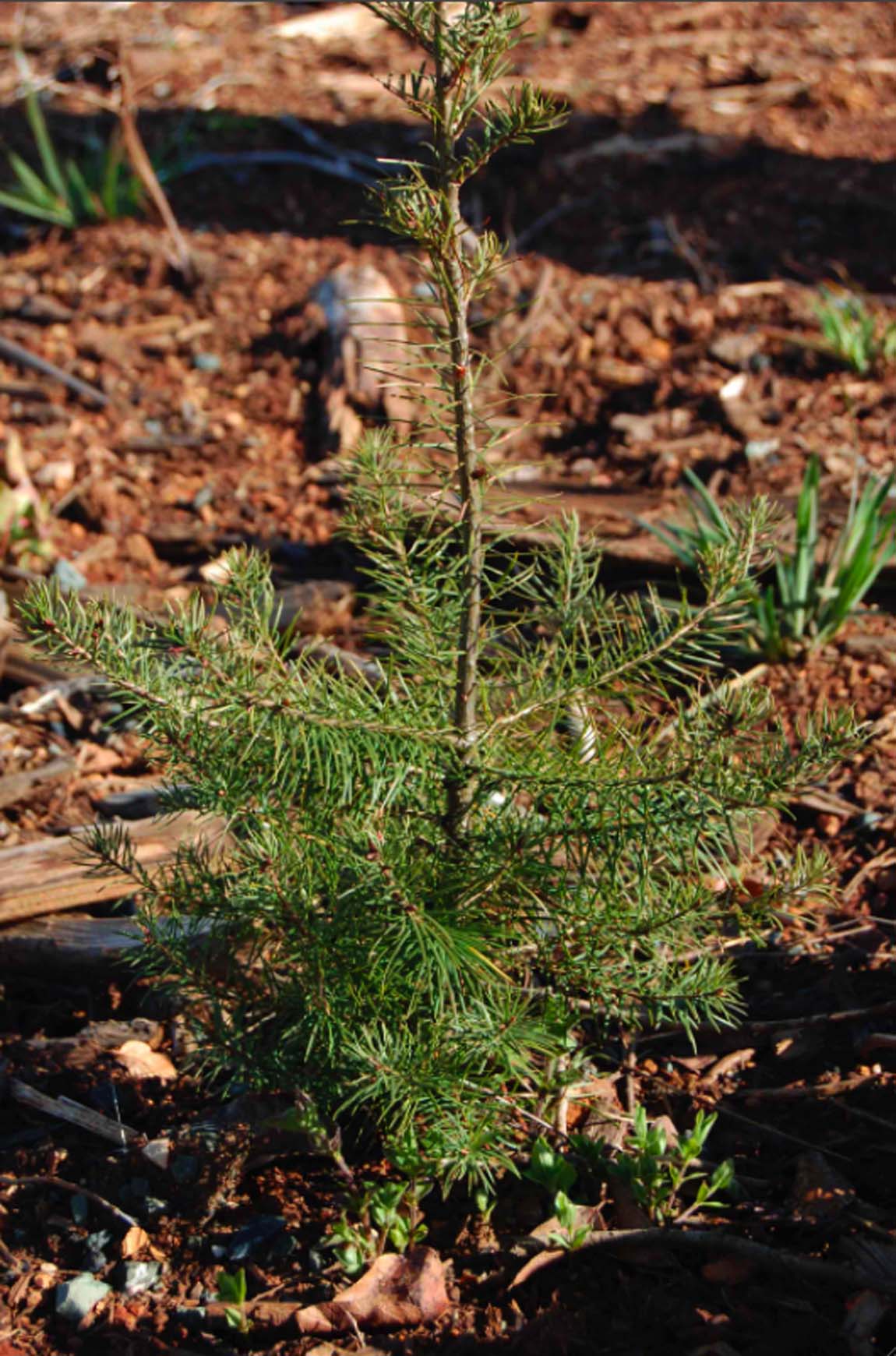The FRASS Approach
The FRASS Approach delivers a single encompassing package of financially optimal forestland analysis. It combines physical site characteristics, regulatory constraints, macro- and micro-economic trends of the marketing areas. Further, it guides financial recovery options based on Growth & Yield projections for each timber stand on each parcel. Deriving the value of forestland into perpetuity has been possible since the Soil Expectation Value (SEV) was first generated. German forester Martin Faustmann in 1849 mathematically explained multiple-rotation forestland discounted value.
A well-established mathematical formula for forestland uses, the Faustmann formula has often been misapplied in light of the new possibilities given with intense computational processing techniques. At Forest Econometrics, we apply the FRASS Approach to mine value from the 1849 epistle.

Recent advances in technology have diminished the value of traditional tools in their meaningful application to the tasks of today’s forestland management. In its new approach FRASS incorporates econometric tools of Real Price Appreciation predictions, operations research optimization (nonlinear optimization & sequential quadratic programming), and geospatial analysis techniques.
Financial analysis designs practiced earlier for this purpose have proved insufficient in the current economic realities of delivered log markets. Real Price Appreciation techniques need to be applied for understanding the actual (not illusory) trends occurring in today’s economy.
FRASS is introduced in response to the need for change by providing forestland managers with new tools to apply to more profitable timberland management.
Traditional Forestland Valuation Approach
REAL Inconsistency
Traditional approaches to forest valuation often misstate the Net Present Value of forestland resources based on simplistic interpretations of the Income Capitalization Approach. One of them involves timberland value estimates made for current standing timber. These are explained with a Faustmann Formula Value in order to claim Income Capitalization Approach value to the property. These traditional valuation estimates prove to be inconsistent with their REAL value.
In recent decades, the estimation of forestland property value has migrated to a progressively higher level of assessment. Individual timber stands explained through forest Growth & Yield modeling efforts has illuminated professional views. These fundamental timber resource data enable us to determine tree growth over time separately on each timber stand. Today, advances in Growth & Yield software programming reveal how the biological resource performs within a set of qualifying parameters. These include Site Index, precipitation, temperature, and multi-layered timber stand density factors. When expressed by different tree species co-mingled on the same property they take form and structure. Ability to grow virtual forests into the future has become a powerful tool vital for an accurate asset valuation. However, attempts at optimization of potential timber harvest, have focused only on its biological maturity. This limits us in the entirety of other possible solutions, totally excluding from consideration financial criteria of the issue.
The existing software designs for forest Growth & Yield assessments have been augmented with valuation modules – however, these generally give inadequate optimal valuation estimates.
Why? Read on…
Financially optimal timber harvest solutions, in some applications, evaluate only the current timber harvest rotation. Those are done without considering the next rotation, or each subsequent rotation after that. To further complicate the situation, Delivered Log Market Real Price Appreciation (and Devaluation) phenomenon has not been appreciated and applied. These must be applied in a temporal sense (the time effect) to match value parameters with forest growth over time. The general result has been to limit the current timber stand to a financially optimal single-rotation length only. Again, it gives no consideration to the discounted value of the next rotation, or rotations into perpetuity.
This leads to the wrong approach.
Consider forestlands as responsive biological organisms growing in size and changing in forest species composition. The events influence nutrient cycles every day through time. We can model those changes along with alterations to a host of interrelated ecosystem components. Economics is ONE of those components: understand it.
Before you can plant the next timber rotation, you must first harvest the current one.
As simplistic as this statement sounds, it is almost universally ignored by forest analysts when they attempt to determine financially optimal timber rotation lengths for each timber stand into perpetuity. The approach offered in FRASS calls for a broader perception of timberland value. In constantly shifting log markets a balance needs to be found between biological maturity of the timber asset extending into its future growth, and the financially optimal solution matching it. This new power joining the two worlds gives the analyst and landowner an unprecedented ability to find the best combination of both.
The FRASS Approach is Forest Valuation
FRASS uses data collected by forestland managers as they manage their forestland properties. Some of these data are publicly available, such as Digital Elevation Models (DEM) and soil type data. On the other hand, some data are generated by the manager or purchased from analysts. We recognize the importance of these data for managing the property and their impacts on the value of the resource. As a result, management activities are engaged based on specific data analytics. It makes sense to extend the power of these data to all aspects of management. The FRASS Approach embraces these data to make them part of the solution.
At D&D Larix, LLC, we analyze natural resources data to create GIS layers, analyze the attribute contents. Through this, we conduct spatial and statistical analysis to reveal opportunities possible through management. All of this is integrated with the energy of growing trees and the environment they are part of. As you read through this site, know that we strive to generate information you need. It leads to better management of your property. The FRASS Platform enables these capabilities.
3-Legged Stool, with a Seat
At the very core of data analysis rests a 3-legged stool of 1) geospatial data (commonly just called GIS data), 2) forest Growth & Yield data, and 3) economic data. Other information are transcribed into one or all of these formats; everything is summarized into maps and tabular data. The FRASS Approach delivers these through the lens of each landowner’s view. That is the uniting factor integrating them together. Owner characteristics form the top of the three legged support – the pad.
The FRASS Approach is best thought of as a process. All information is accumulated into a uniform structure, most often it is into a database structure. Here, it can be measured, combined with other structures, and explained. Sometimes it is explained in terms of financial value. Other times it is expressed as biological diversity. In all cases, it is application of the FRASS Approach.

FRASS YouTube Channel
While you watch these videos, click the CC (Closed Captioning) button to read along with the narration.

FRASS YouTube Channel
Watch FRASS theme videos on our playlist, subscribe to be alerted when new videos are posted!

